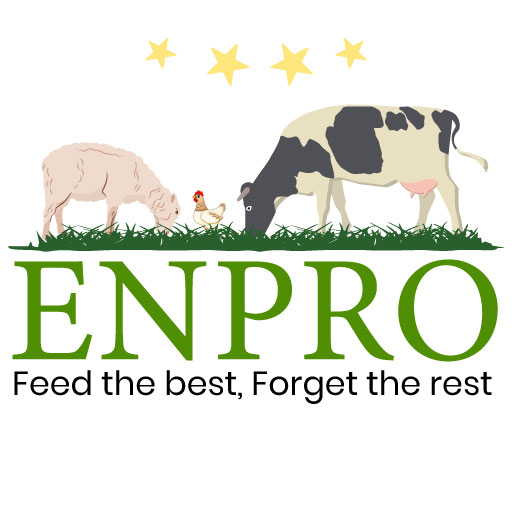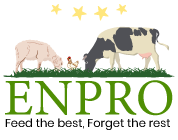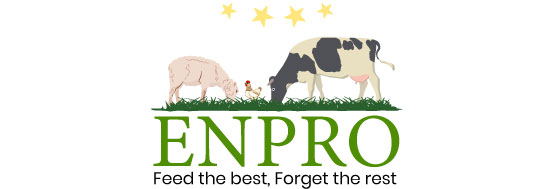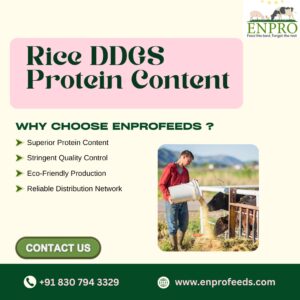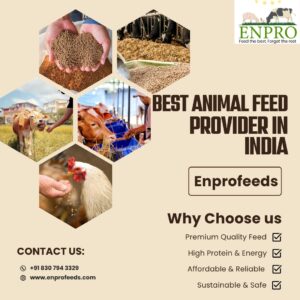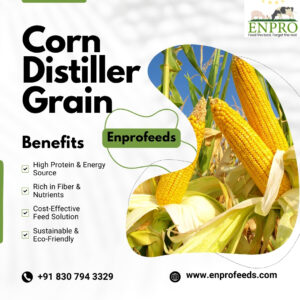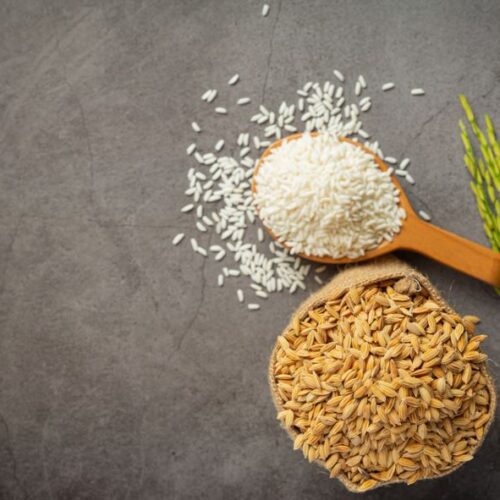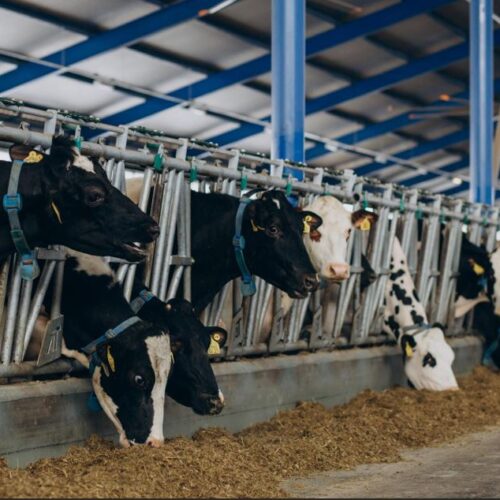
In the quest for sustainable and efficient livestock nutrition, Rice DDGS (Distillers Dried Grains with Solubles) has emerged as a noteworthy contender. As the agricultural industry continuously seeks innovative ways to enhance feed quality while reducing costs and environmental impact, Rice DDGS offers a promising solution. This blog delves into what Rice DDGS is, its benefits, and its potential applications in the livestock and poultry sectors.
What is Rice DDGS?
Rice DDGS is a by-product of the rice ethanol production process. When rice is fermented to produce ethanol, the leftover residue is dried to create Rice DDGS. This product is rich in nutrients, making it an excellent feed ingredient for livestock. It is particularly valued for its high protein content, energy levels, and digestible fiber, which are essential components of animal diets.
Nutritional Benefits of Rice DDGS
- High Protein Content: Rice DDGS contains approximately 30-35% protein, which is crucial for the growth and development of animals. This makes it an excellent protein source for livestock, especially for species like poultry and swine that require high-protein diets.
- Rich in Energy: With its high energy content, Rice DDGS helps meet the dietary energy needs of animals. This is particularly beneficial for high-performance animals that require more energy for growth, lactation, or egg production.
- Digestible Fiber: The fiber in Rice DDGS is highly digestible, aiding in proper digestion and gut health in animals. This contributes to overall better feed efficiency and nutrient absorption.
- Essential Amino Acids: Rice DDGS provides essential amino acids that are vital for various metabolic functions in animals. These amino acids support muscle growth, immune function, and overall health.
Environmental and Economic Benefits
- Sustainability: Using Rice DDGS as animal feed promotes a circular economy by utilizing a by-product of ethanol production that would otherwise go to waste. This reduces the environmental footprint of both the ethanol and livestock industries.
- Cost-Effectiveness: As a by-product, Rice DDGS is often more affordable than traditional feed ingredients. This cost advantage can help farmers reduce their feed costs while maintaining or even improving feed quality.
- Reduced Dependency on Traditional Grains: By incorporating Rice DDGS into animal diets, there is less reliance on conventional grains like corn and soybean. This diversification can lead to more stable feed supply chains and potentially lower feed costs in the long term. Sustainable Feed
Applications in Livestock and Poultry Feeding
- Poultry: Rice DDGS can be incorporated into poultry diets to provide a balanced mix of protein and energy. It supports optimal growth rates, egg production, and overall bird health.
- Swine: For swine, Rice DDGS offers a nutritious and cost-effective alternative to traditional protein sources. It enhances growth performance and supports the nutritional needs of pigs at various stages of development.
- Cattle: In cattle feeding, Rice DDGS can be used to supplement traditional forages and grains. It contributes to better weight gain and milk production, making it a valuable addition to dairy and beef cattle diets.
Challenges and Considerations
While Rice DDGS presents numerous benefits, there are also challenges to consider. The nutrient composition of Rice DDGS can vary depending on the production process, which means feed formulations need to be carefully managed to ensure consistency. Additionally, the inclusion rates of Rice DDGS in animal diets must be optimized to prevent any potential adverse effects on animal health and performance. Sustainable Feed
Conclusion
Rice DDGS stands out as a sustainable and efficient feed ingredient that can benefit both the livestock industry and the environment. Its high nutritional value, cost-effectiveness, and positive impact on feed sustainability make it an attractive option for farmers and feed manufacturers. As research and industry practices continue to evolve, Rice DDGS is likely to play an increasingly important role in animal nutrition, contributing to more sustainable and profitable farming practices.
